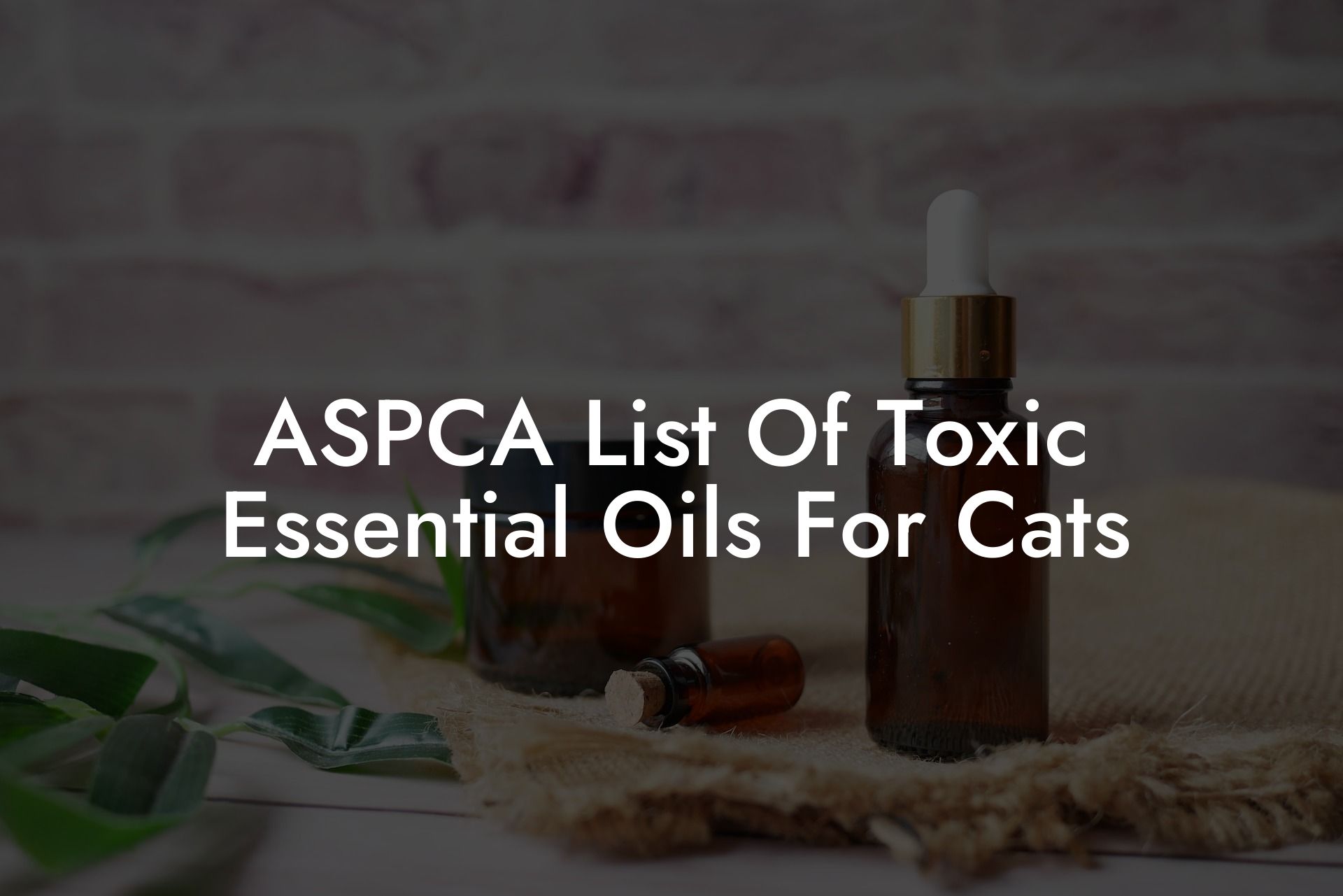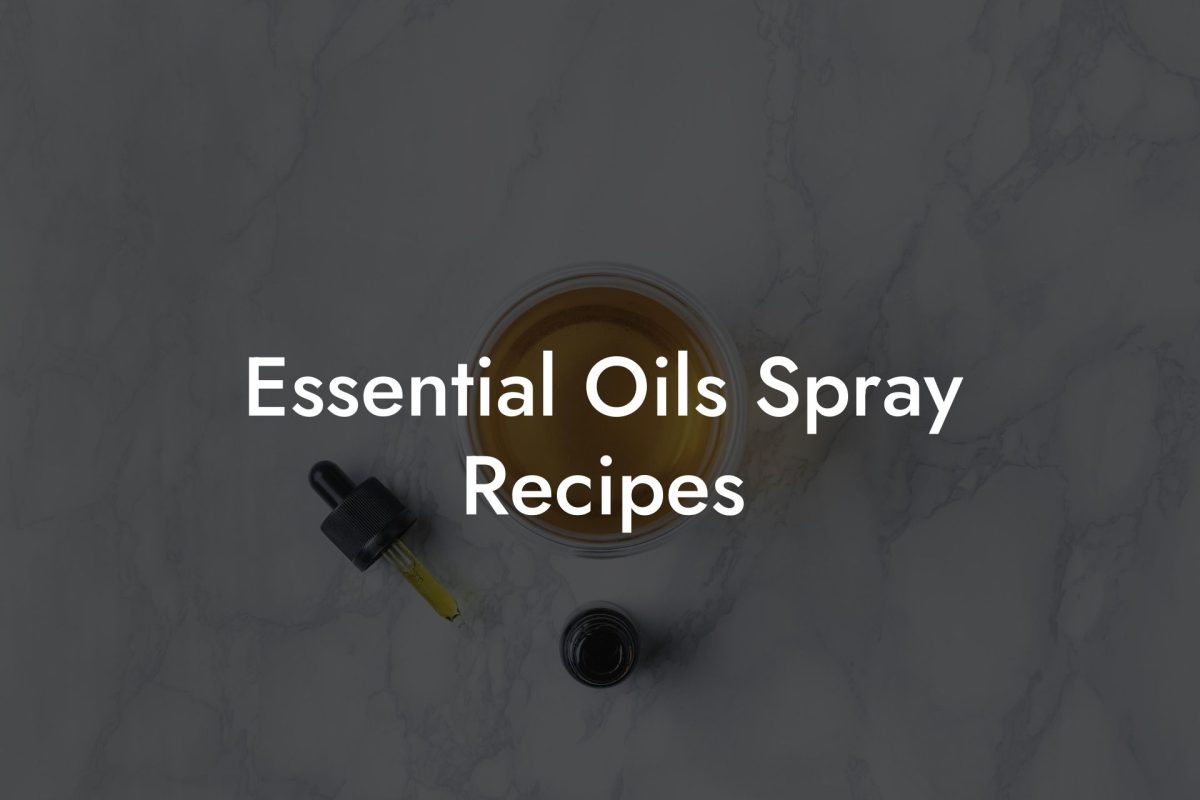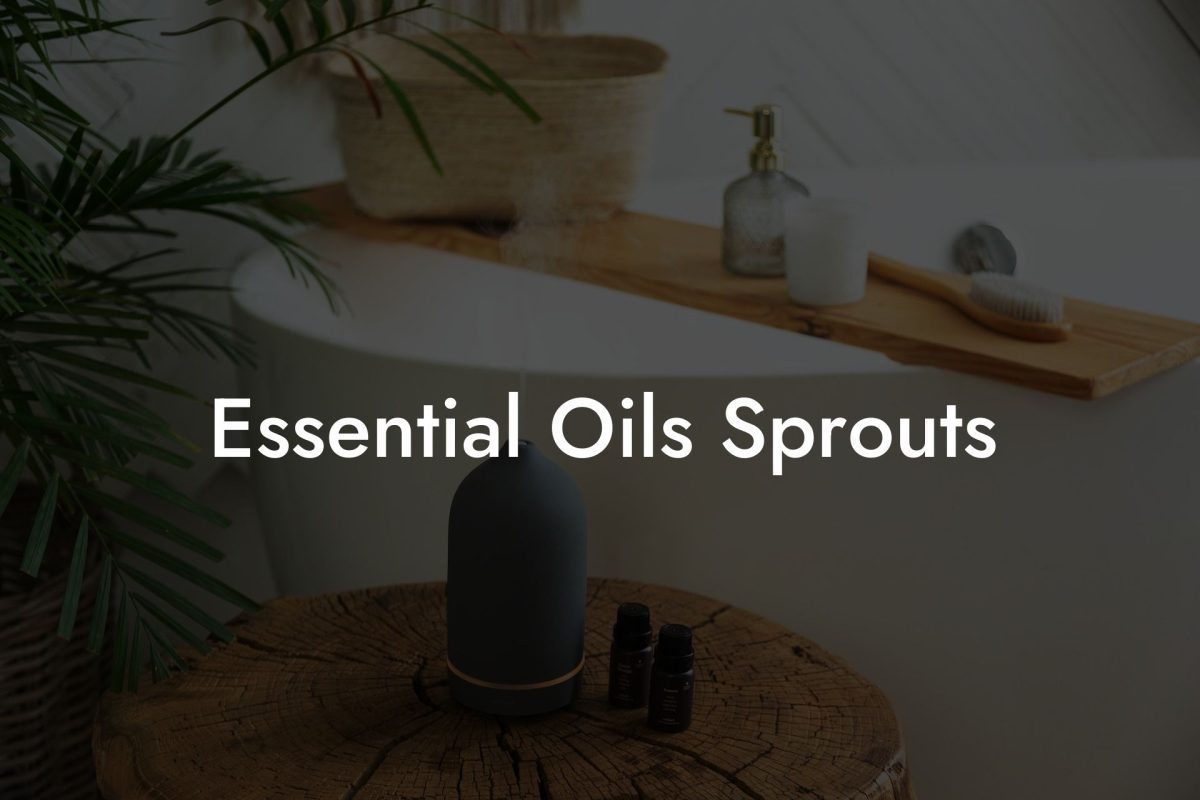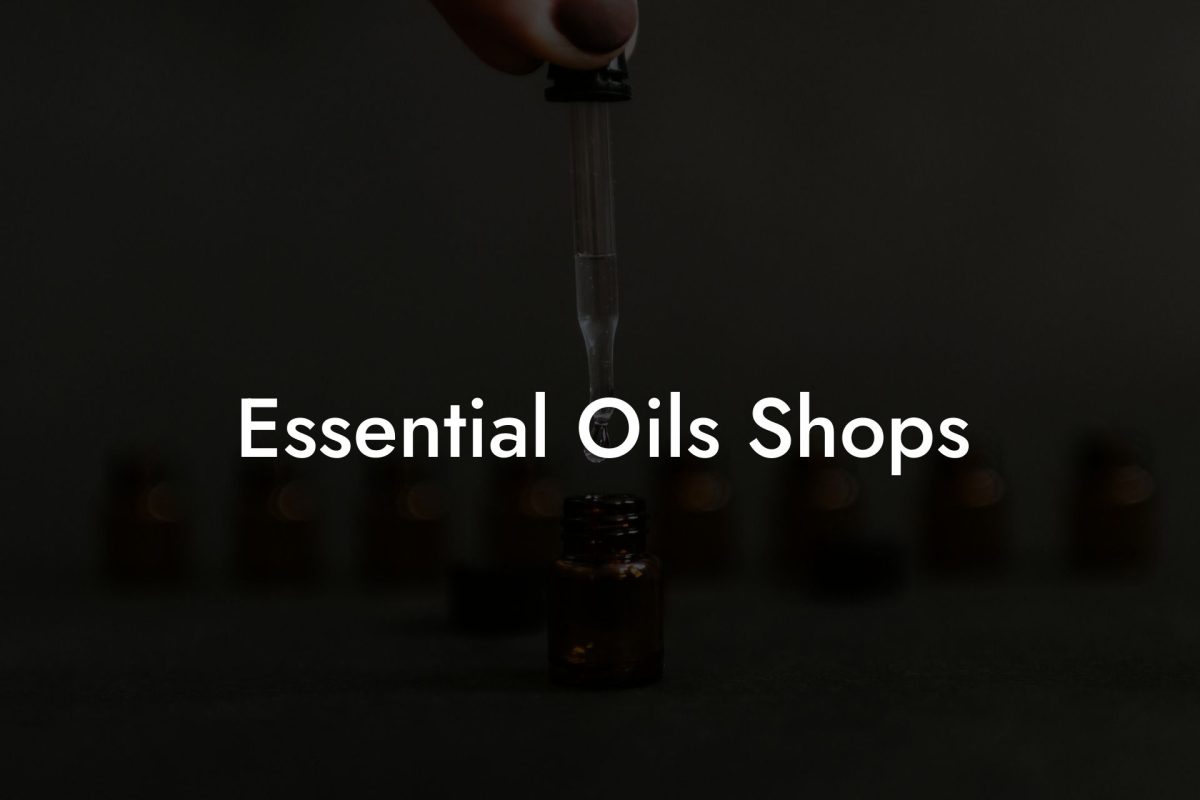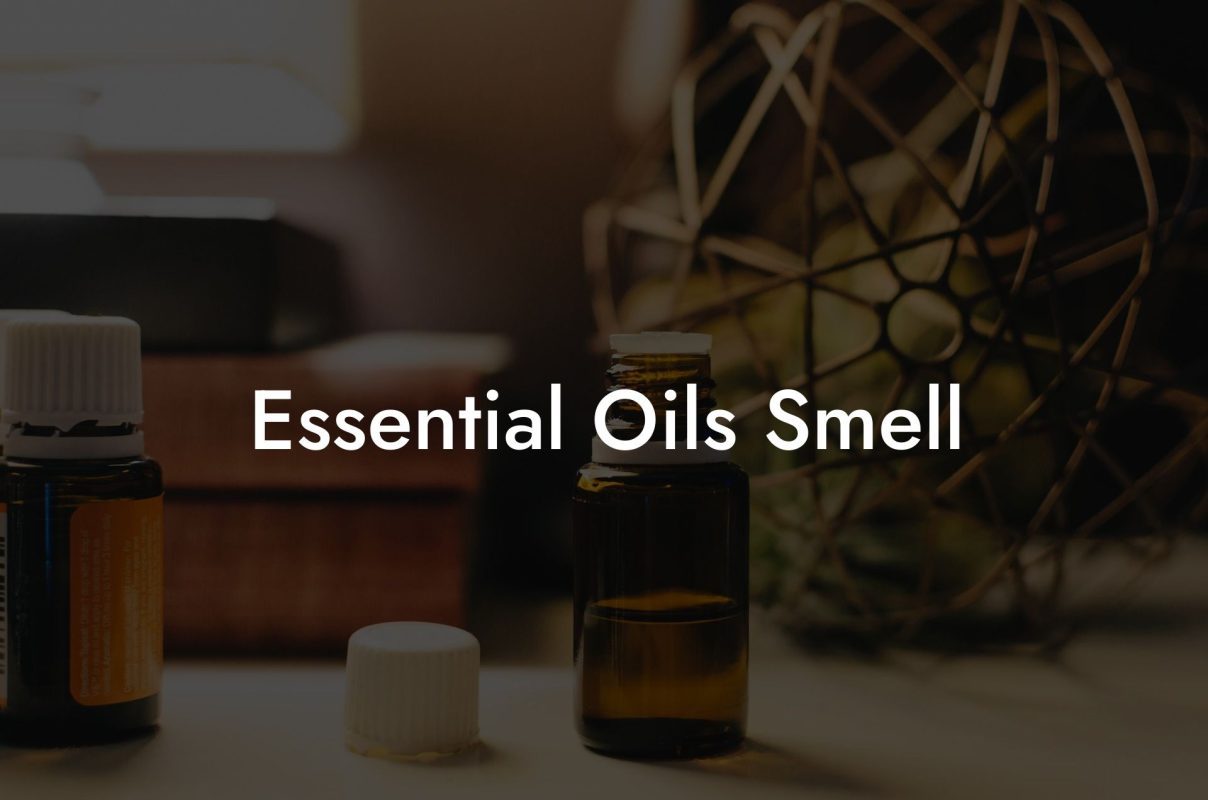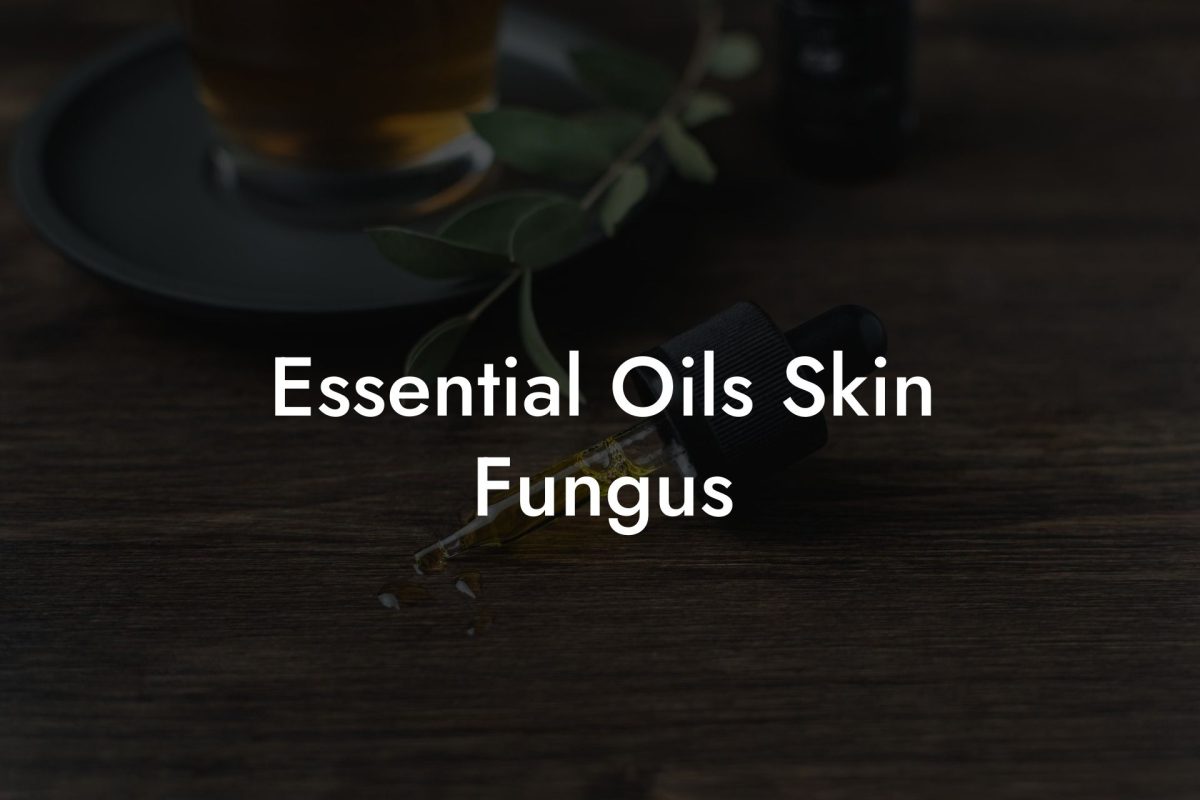As a cat owner, you want to ensure your feline friend’s well-being at all times, especially when it comes to their health and safety. With the increasing popularity of essential oils for various purposes, it is crucial to be aware of which essential oils could potentially be harmful to your cats. In this article, we will explore the ASPCA list of toxic essential oils for cats and discuss the importance of understanding the effects of these substances on our beloved pets.
Table of Contents
Understanding Essential Oils and their Toxicity
Essential oils are highly concentrated, volatile plant extracts obtained through various methods such as cold pressing or steam distillation. While these oils offer numerous benefits for humans, some can be extremely harmful to cats. This is due to their highly sensitive liver, which lacks specific enzymes needed to break down certain compounds found in essential oils.
The ASPCA List of Toxic Essential Oils for Cats
The ASPCA (American Society for the Prevention of Cruelty to Animals) has compiled a list of essential oils known to be toxic or dangerous to cats. Some of these oils include:
- Cinnamon
- Clove
- Eucalyptus
- Lavender
- Lemon
- Lemongrass
- Mint
- Orange
- Pennyroyal
- Peppermint
- Pine
- Rosemary
- Tea Tree
- Wintergreen
Signs of Essential Oil Toxicity in Cats
It’s important to be aware of the signs that your cat may have been exposed to a toxic essential oil. Symptoms can range from mild to severe and may include:
- Drooling
- Vomiting
- Diarrhea
- Weakness
- Lethargy
- Difficulty breathing
- Tremors
- Seizures
- Low body temperature
If you believe your cat has been exposed to a toxic essential oil, contact your veterinarian immediately for further instructions and possible treatment options.
Preventing Essential Oil Toxicity in Cats
To keep your cat safe, follow these guidelines when using essential oils in your home:
- Avoid using toxic essential oils in areas where your cat spends time.
- Store essential oils out of your cat’s reach.
- Use a diffuser with a low concentration of essential oil, and keep the diffuser in a separate room away from your cat.
- In case topical use is necessary, talk to a veterinarian about appropriate dosages and application methods.
ASPCA List Of Toxic Essential Oils For Cats Example:
Imagine you recently began using an essential oil diffuser with lavender oil to help you relax and sleep better at night. Your cat, Whiskers, spends most of her time in your bedroom, where the diffuser is located. One day, Whiskers begins to display symptoms such as drooling, vomiting, and weakness.
Knowing the potential toxic effects of lavender essential oil on cats and understanding the signs of essential oil toxicity, you quickly remove Whiskers from the bedroom and contact your veterinarian for further guidance. With your awareness of the dangers of essential oils for cats, you potentially save Whiskers from severe health complications or even death.
Now that you’re aware of the ASPCA list of toxic essential oils for cats and the steps you can take to keep your feline friend safe, you can make informed decisions about the use of essential oils in your home. Share this vital information with fellow cat owners and explore other guides on Oshu Oils to further enhance your understanding of essential oils and their benefits. Don’t forget to also check out our range of artisan essential earth oils, expertly blended for a harmonious and balanced lifestyle.

